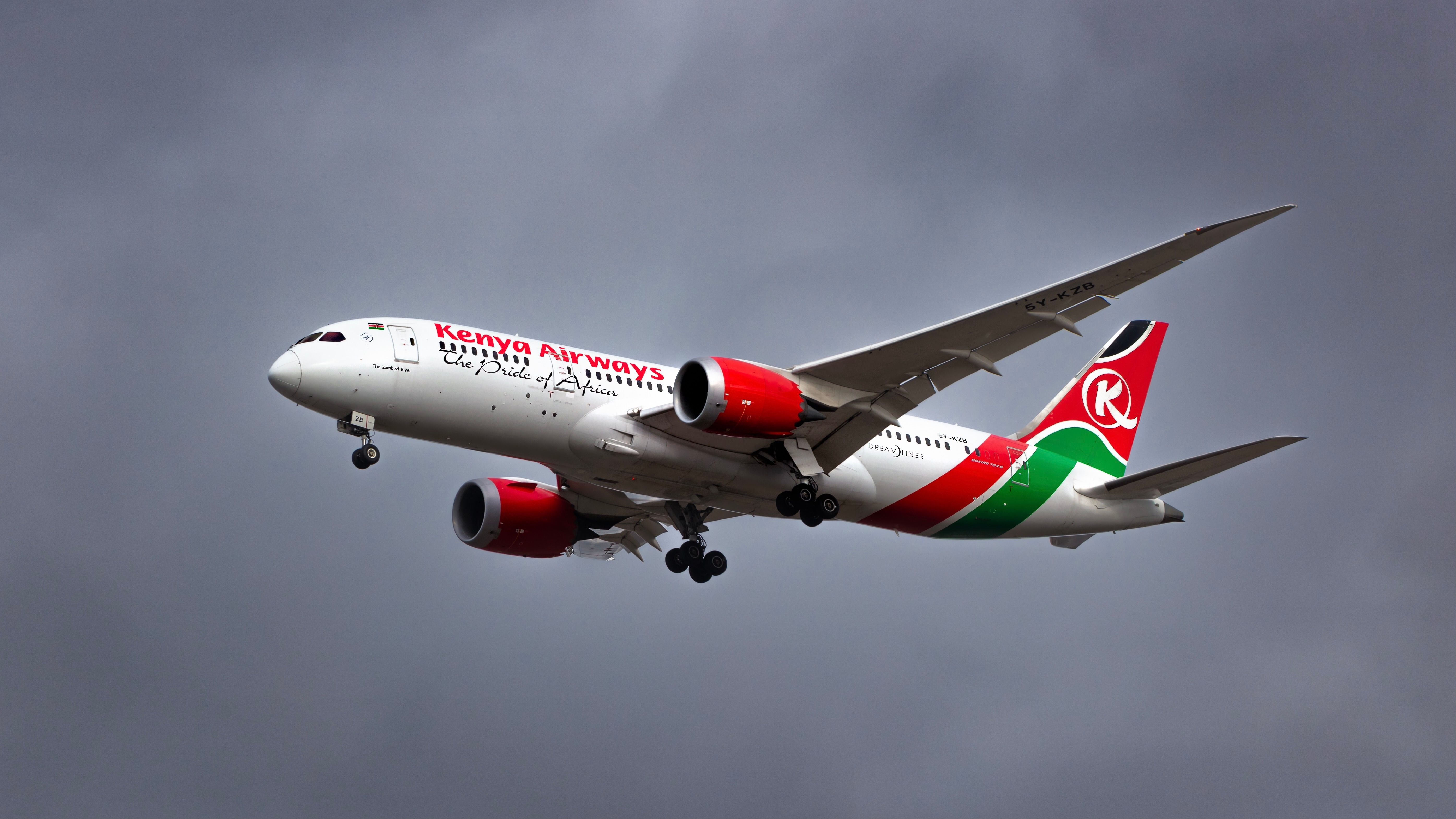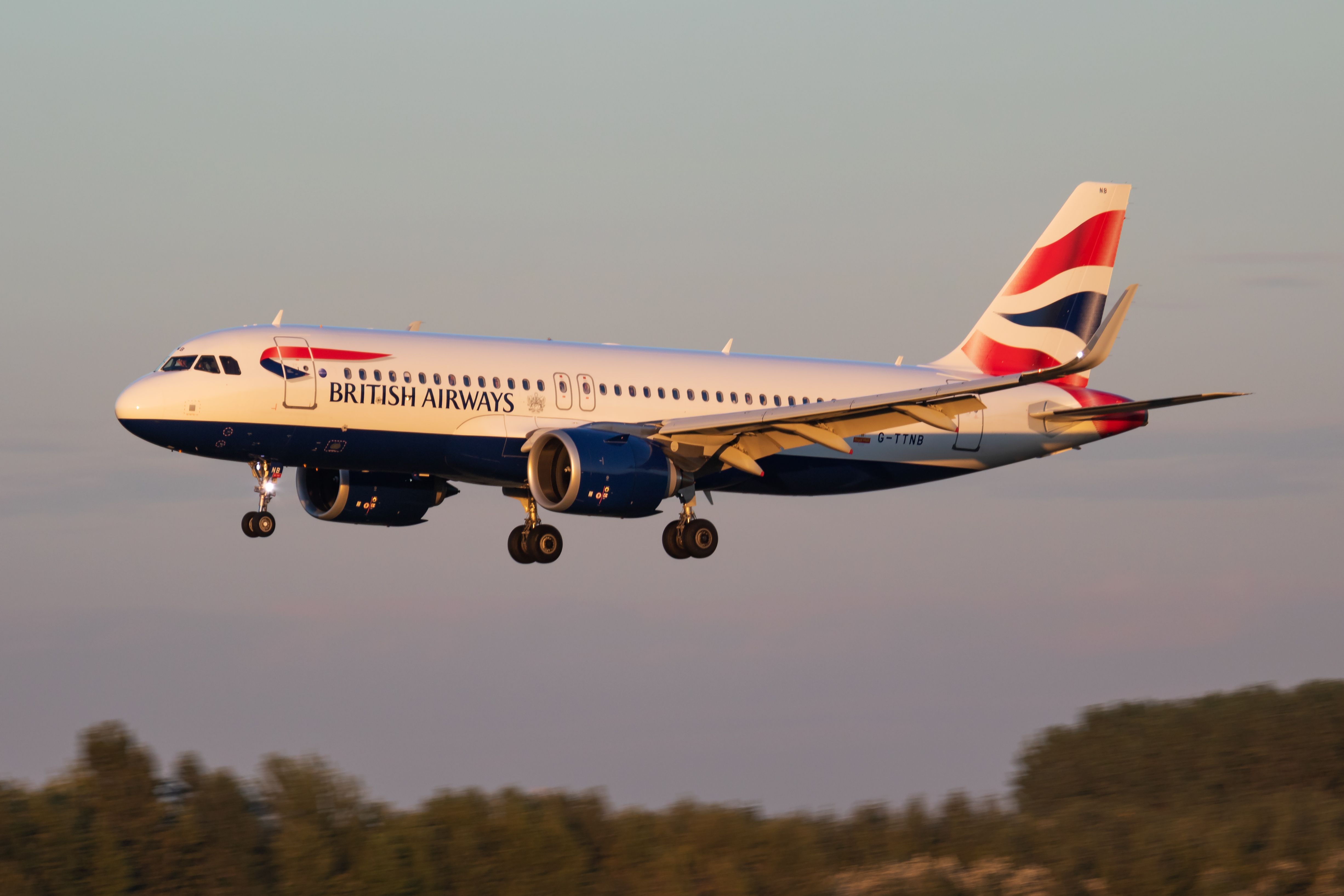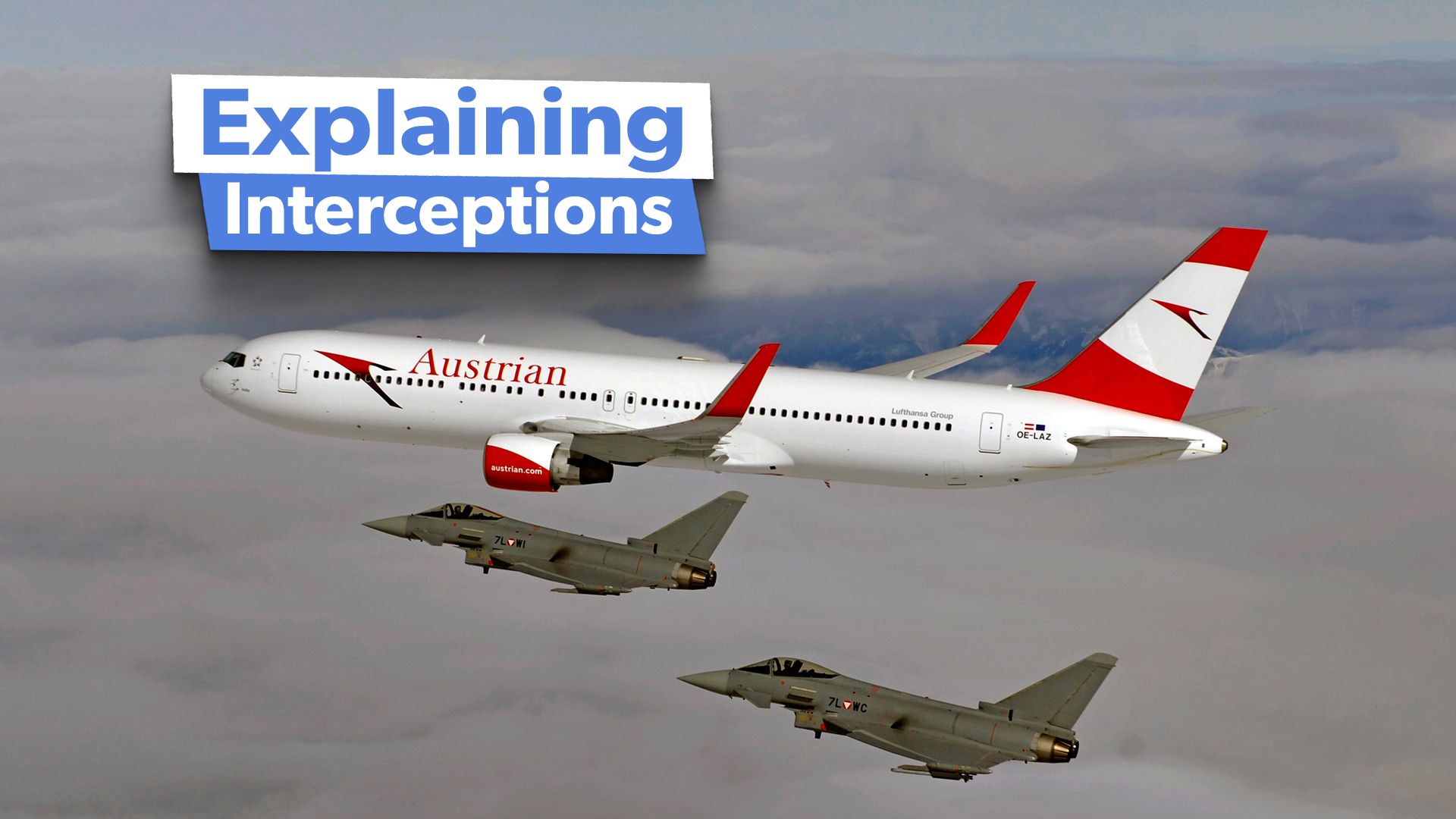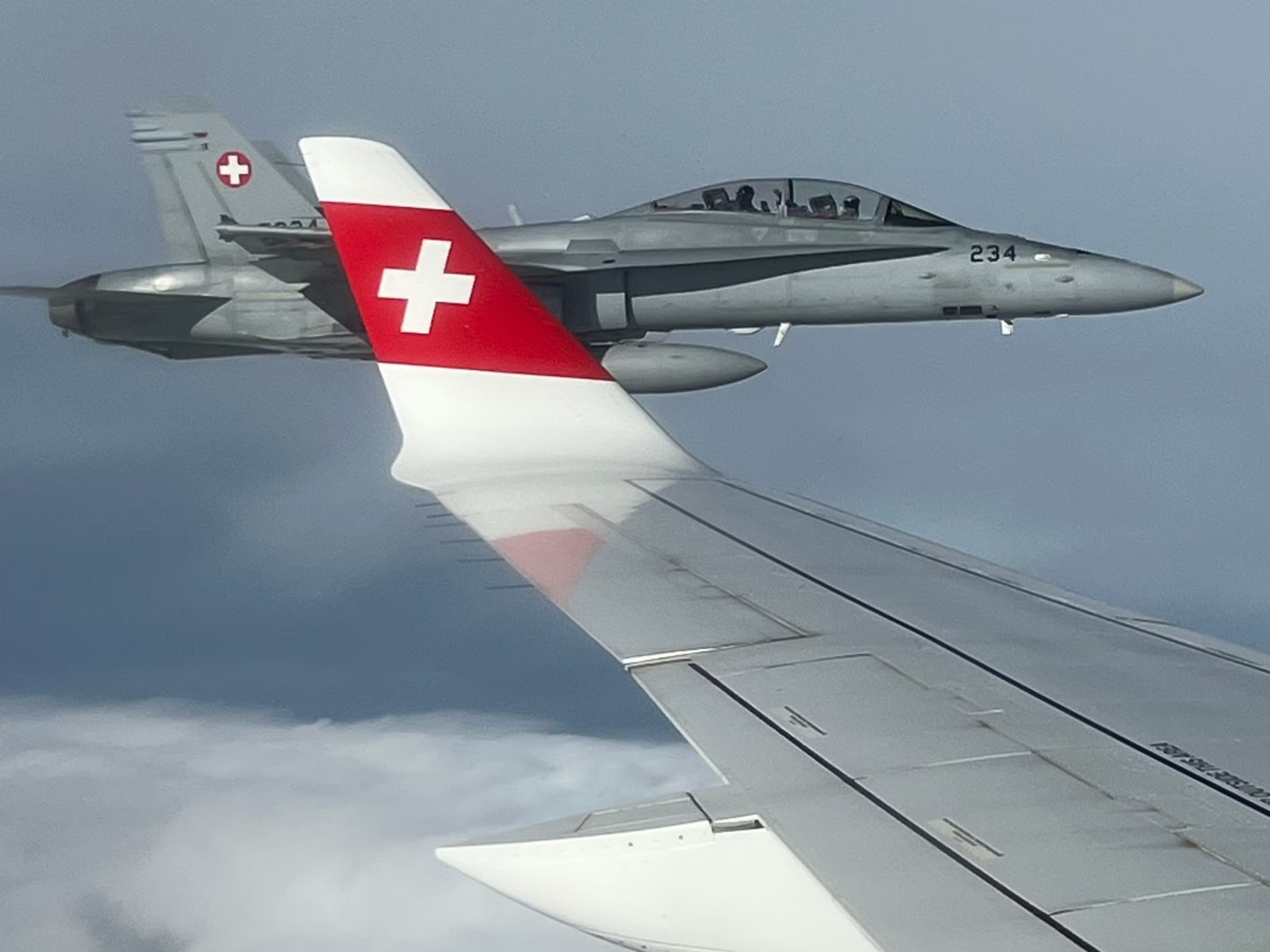When you’re flying, the last thing you would likely ever want to see is military fighter jets
flying alongside you, even though this might be for completely benign reasons.
Air interceptions by fighter aircraft are way more common than expected and typically do not result in any major headline-breaking news.
There are many reasons why fighter jets may be called in to intercept a passenger or general aviation aircraft, which can range from radar failures to air traffic control issues to safety concerns.
Rarely do fighter jets intercept a passenger aircraft that they believe is part of a hostile attack in the United States.
Photo: SWISS
Nonetheless, there are multiple ways for fighter jets to intercept an aircraft, with the most common being an escort back down to the nearest airport.
However, other fighter interceptions may intend simply to remove an aircraft from some restricted airspace, as it may have strayed away from its agreed-upon course.
As we have discussed extensively on Simple Flying, there are dozens of reasons why the United States Air Force and Federal Aviation Administration may choose to restrict certain sectors of airspace.

Violence is almost always the last of all options
There are ideas in popular culture that United States Air Force jets will immediately intercept any aircraft entering restricted space by using violence. However, this is seldom the case.
There are almost no reasons for which Air Force fighter aircraft will shoot down a civilian airliner unless there has been serious proof that the aircraft definitively represents a hostile threat and the pilots have repeatedly ignored requests from the fighters to change course.

Related
Kenya Airways Boeing 787 Diverts To London Stansted After RAF Interception
The Royal Air Force’s quick reaction alert team was deployed.
Nonetheless, there have been certain instances over time in which fighter aircraft have been given the green light to shoot down civilian aircraft.
This typically occurs when there is significant evidence of an aircraft losing oxygen while the autopilot continues flying the aircraft, a situation in which all passengers have likely already died due to hypoxia.
Air-to-air interceptions by fighter aircraft continue to be some of the most common interactions between civilian and military aircraft and often occur in areas near restricted military airspace where civilian passenger aircraft may have accidentally strayed.
While these kinds of encounters are rare, it is still fascinating to understand what exactly happens when military aircraft decide to intercept a passenger aircraft.
Let’s take a deeper look at what happens during these interceptions and what protocol pilots follow.
So what leads the Air Force (or Air National Guard) to decide that an air interception is necessary?
As previously mentioned, there are many different reasons why the Air Force or the Air National Guard, which shares airspace responsibilities, may choose to intercept a passenger or general aviation aircraft. Some of the most common reasons include:
- An aircraft is involved in a safety incident and has requested fighter escort
- An aircraft is consistently not responding to air traffic control
- A plane has come too close to protected military airspace that it needs to be escorted away
A deep dive into each major scenario
The first of these three examples is often the only scenario that involves active communication between both aircraft. If an aircraft has some major safety incident on board, fighter jets will often accompany the plane to monitor the situation and ensure that no further issues arise.
At times, an aircraft may lose complete communication with Air Traffic Control (ATC), which can often occur due to communication issues or electrical problems.
In these circumstances, the Air Force will typically send fighter aircraft to investigate the situation and assist the pilots with visual communications that can even include hand signals.
In the third scenario, pilots may need to be escorted away from protected military airspace for multiple different reasons. Even if a pilot did not intend to make a hostile incursion into restricted airspace, they still may have forgotten to communicate their location with ATC, requiring military aircraft to get involved.
So, what exactly happens during an aircraft interception?
The process of intercepting an aircraft involves extremely careful coordination between those detecting and identifying the aircraft in question and communicating this knowledge to fighter pilots on patrol.
Fighter pilots must be prepared to neutralize potential threats to national security at any time and, as a result, train extensively on interception protocols.

Related
British Airways Airbus A320 Intercepted By RAF Typhoons But It Wasn’t An Emergency
Two RAF Typhoons raced through the skies in what looked like an emergency situation involving a British Airways Airbus A320neo.
The first step in the interception process involves the identification of an aircraft that requires interception, and then informing the fighter pilot of the situation. The pilot will soon approach the aircraft in question from a safe distance to prevent raising any unnecessary alarm.
First, a pilot will use radio signals to attempt to communicate with the aircraft in question, and intercepted pilots will always be expected to communicate on dedicated emergency frequencies, such as 121.5 MHz or 243.0 MHz, according to Fly A Fighter Jet. If this fails, fighter pilots will attempt to communicate using visual cues, such as flashing lights in certain ways or moving their wings.
Once communication has been established, military pilots can relay immediate instructions to the civilian pilots, who are expected to follow these instructions immediately and share identifying information.
The international emergency squawk code, code 7700, should also be used in the event of a safety-related emergency.
The bigger challenges arise when an interceptor is unable to establish communication with an aircraft. At this point, the fighter pilots will need to use their judgment to determine what further action is needed based on the severity of the situation.
Certain international organizations, such as the International Civil Aviation Organization (ICAO), have specific protocols in place to prevent these kinds of situations from turning into problematic escalations.



